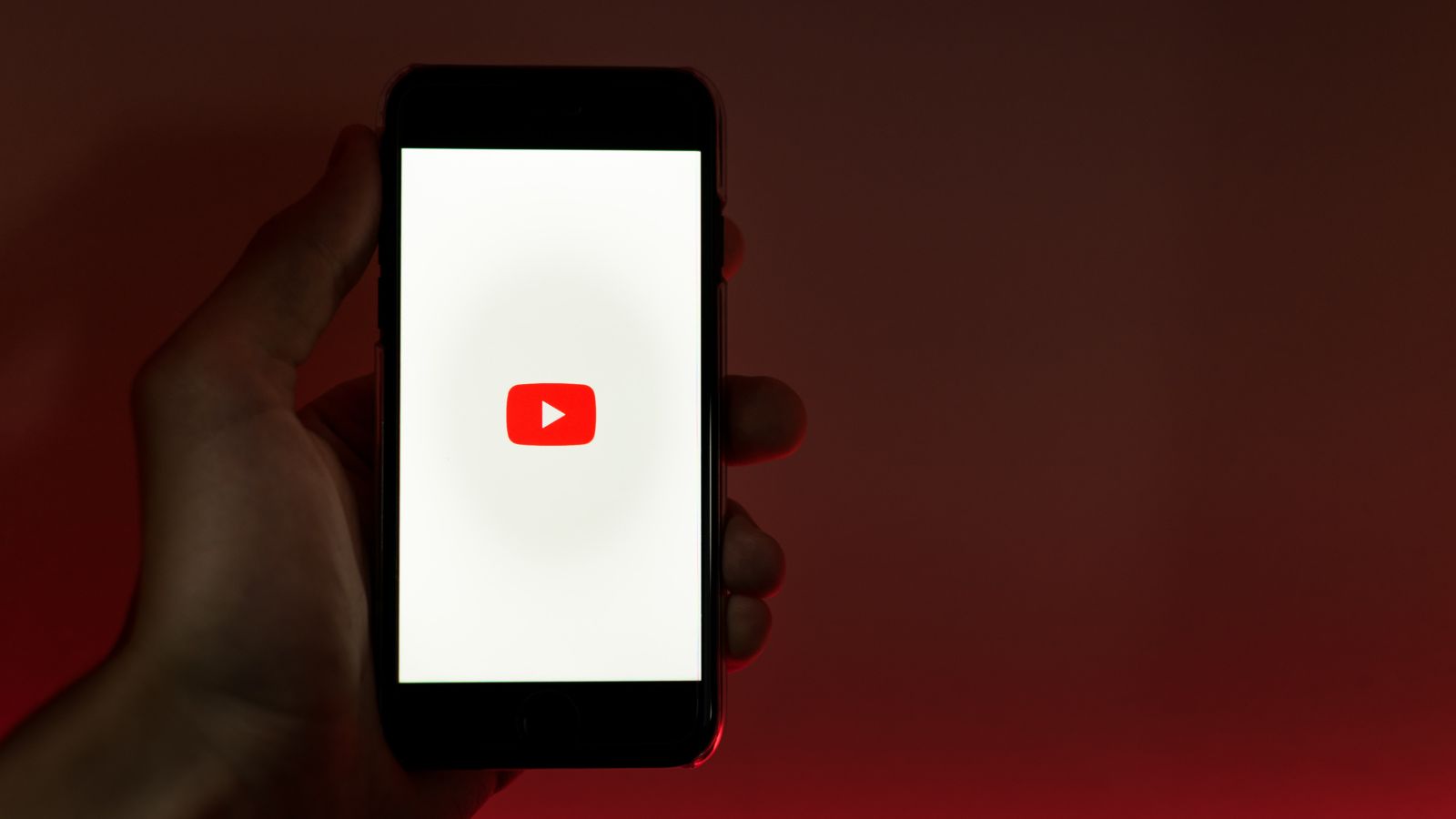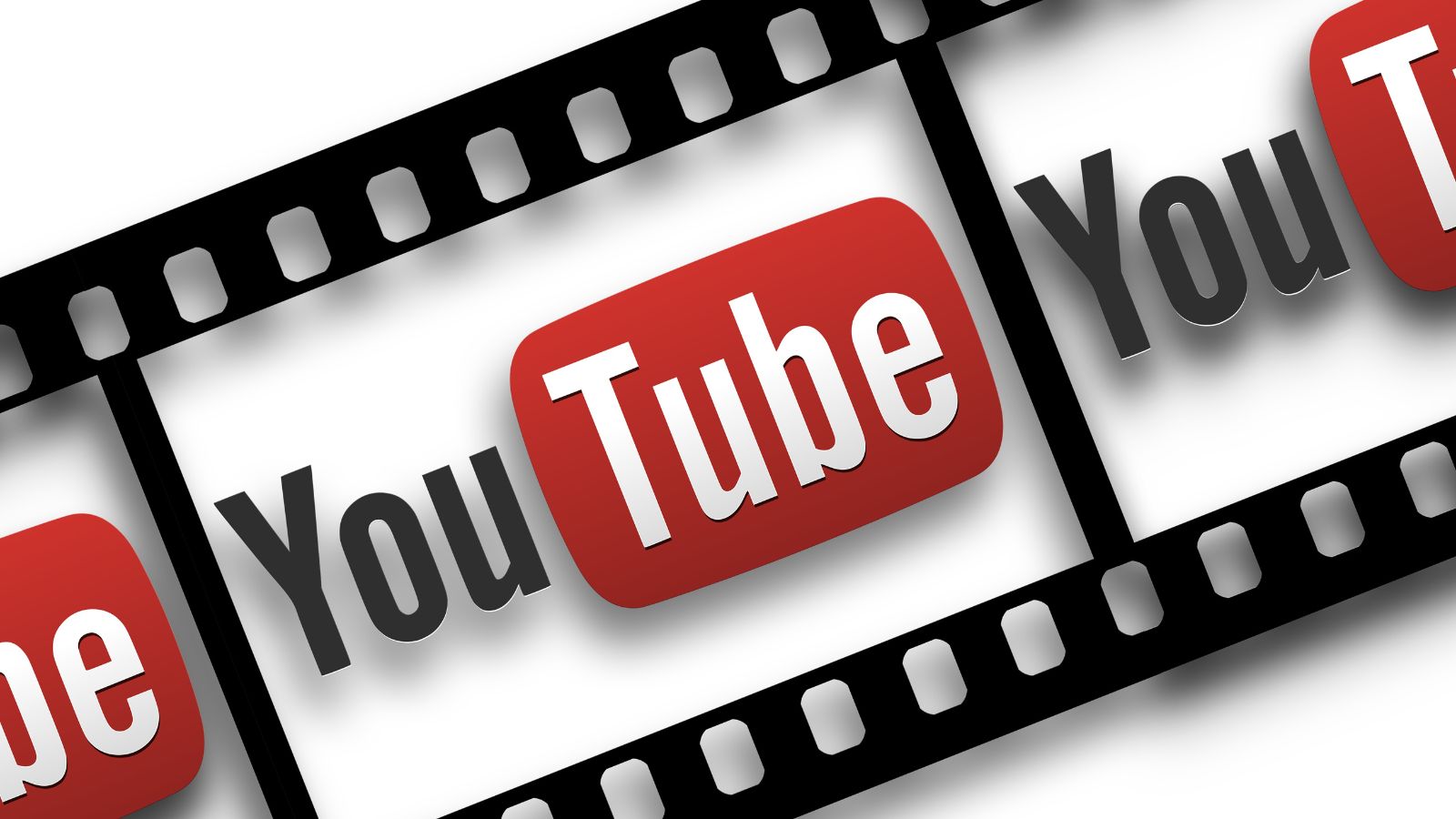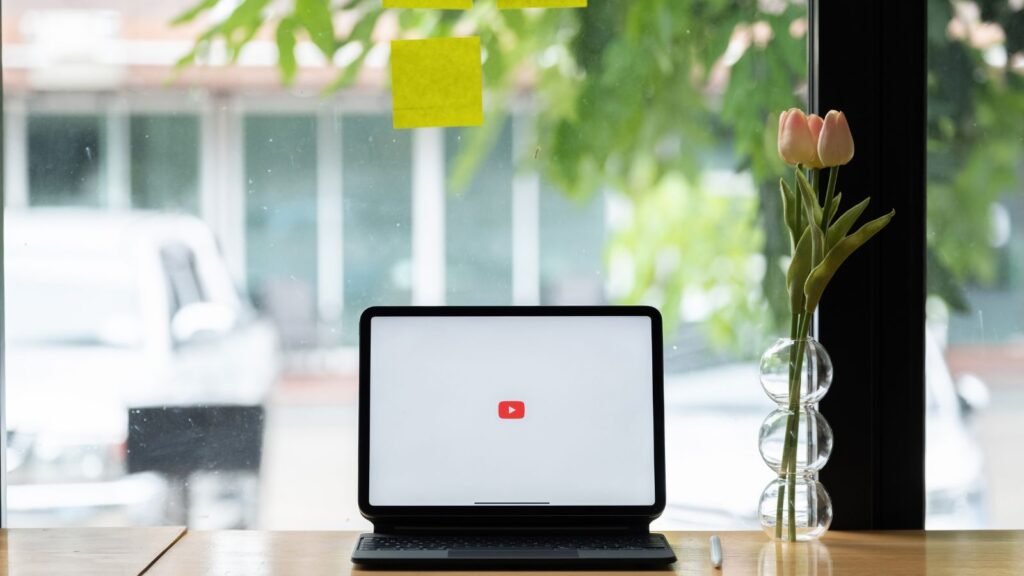YouTube is no longer just a platform for entertainment. Over the years, it has transformed into one of the most powerful educational tools in the world. From quick tutorials to full-length university lectures, learning has never been more accessible.
But educational content on YouTube didn’t always look the way it does today. It has evolved, adapting to new trends, technology, and audience preferences. Let’s explore how YouTube’s educational landscape has changed and what’s shaping its future.
The Early Days: Simple Tutorials And Diy Learning
When YouTube first launched in 2005, most educational content was homemade and basic. People uploaded how-to videos, quick tutorials, and personal teaching experiences.
For example, early channels like Khan Academy started as a simple collection of math lessons. Sal Khan recorded short blackboard-style tutorials for his cousins, and before he knew it, millions of people were watching them. His videos were informative but low-production, proving that people cared more about knowledge than fancy visuals.
At the same time, creators like HouseholdHacker gained popularity by sharing fun science experiments and life hacks. These early videos were short, straight to the point, and easy to follow.

The Rise Of High-Quality Educational Channels
As YouTube grew, so did the quality of its educational content. Creators realized that better visuals, animations, and storytelling could make learning more engaging and enjoyable.
Channels like Veritasium, SciShow, and Vsauce took educational content to the next level. They mixed science, curiosity, and entertainment, making complex topics fun to learn. Their videos were no longer just lectures—they were stories, experiments, and thought-provoking discussions.
For example, Veritasium’s video on “Why We Can’t Walk in a Straight Line” isn’t just a fact dump. It includes experiments, real-life demonstrations, and engaging explanations. This approach keeps viewers hooked while still delivering knowledge.
Youtube As A Classroom: Online Courses And Certification Programs
The next big shift came when formal education moved onto YouTube. Universities, organizations, and experts began uploading full courses and lectures.
One of the biggest players? MIT OpenCourseWare. This initiative made college-level education free for anyone with an internet connection. Suddenly, students from all over the world had access to some of the best professors without paying a dime.
Platforms like Udemy, Coursera, and Skillshare also started using YouTube to promote their online courses. Many instructors now offer free previews on YouTube before directing students to their paid programs.

The Rise Of Short-Form Learning: Youtube Shorts And Bite-Sized Knowledge
People’s attention spans are shrinking. Not everyone wants to watch a 20-minute deep dive into a topic. That’s where YouTube Shorts and shorter educational videos come in.
Creators like AsapSCIENCE and MinutePhysics have mastered the art of short-form education. In under two minutes, they explain complex scientific concepts using quick animations and simple language.
For example, MinutePhysics’ video on “Why the Sky is Blue” is just a couple of minutes long. But it delivers all the key information in a way that’s easy to understand and remember.
Even TikTok-style “quick facts” videos are gaining popularity. Channels like Bright Side post daily bite-sized knowledge, answering questions like “Why do cats knead?” or “What happens if you don’t sleep?”.
Interactive Learning: Live Streams And Q&A Sessions
Another game-changer for educational content on YouTube? Live streaming.
Many educators now go live to teach in real-time, answer questions, and interact with viewers. Channels like CrashCourse and TED-Ed sometimes hold Q&A sessions or discussions, making learning more dynamic.
For example, during the pandemic, many teachers used YouTube Live to replace physical classrooms, helping students keep up with their studies. This shift showed that YouTube isn’t just a video platform—it’s a virtual classroom.
